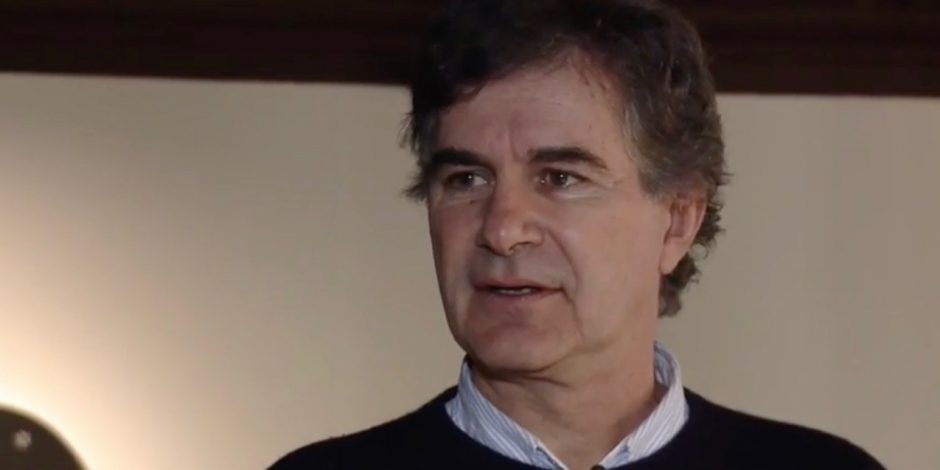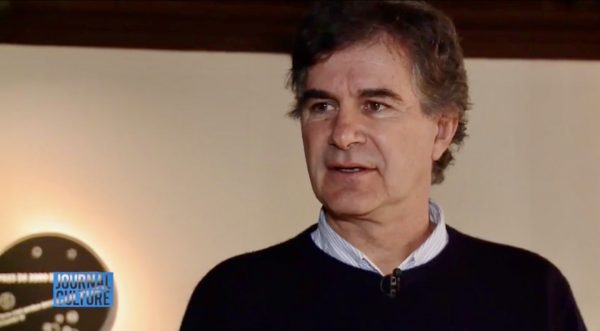The important role of La Silla


Pierre Bratschi of the PlanetS Outreach team giving a TV interview. (Photo PlanetS)
By Pierre Bratschi
About 80 astronomers were invited by ESO to celebrate the 50th anniversary of the La Silla Observatory. An event that may seem anachronistic in the era of the VLT, the ELT, and of the JWST, indeed what else can we expect from an observatory that has “only” two “small” 3.6m telescopes? How can it still exist among these giants, which are monopolizing the ESO’s budgets? La Silla almost died, in the 2000s the flagship observatory of Europe was more like a ghost town.
This was without counting on the contribution of Switzerland and the Universities of Geneva and Bern. With the commissioning of the “telescopio suizo” EULER in 1998, followed by HARPS, the most efficient planet hunter in the world in 2003, a new wind began to blow over La Silla. EULER’s results quickly made the headlines and HARPS soon became the most requested instrument of ESO with more than 8 times as much demand compared to available time. And not forgetting the prowess of the NTT, the world’s first telescope with an active optics that would pave the way for the VLT, among others.
Small and medium telescopes dedicated to specific programs such as the monitoring of long-period exoplanets (see PlanetS’ Emily Rickman’s upcoming press release) or dedicated to the installation and testing of new instruments are therefore essential to astronomy. Other institutes have understood this and the boom that La Silla is currently experiencing with the development of the NIRPS instruments on 3.6m and SOXS on NTT and with the recent installation of TRAPPIST, ExTrA and TAROT telescopes is a striking proof of it. Like the Phoenix, La Silla has been reborn from its ashes and is destined for a bright future!
Categories: Internal Newsletter, Uncategorized
